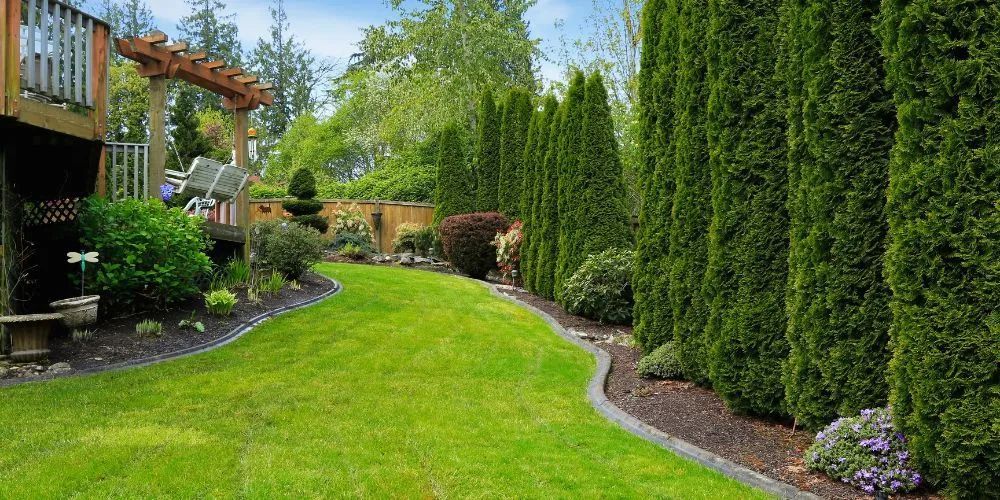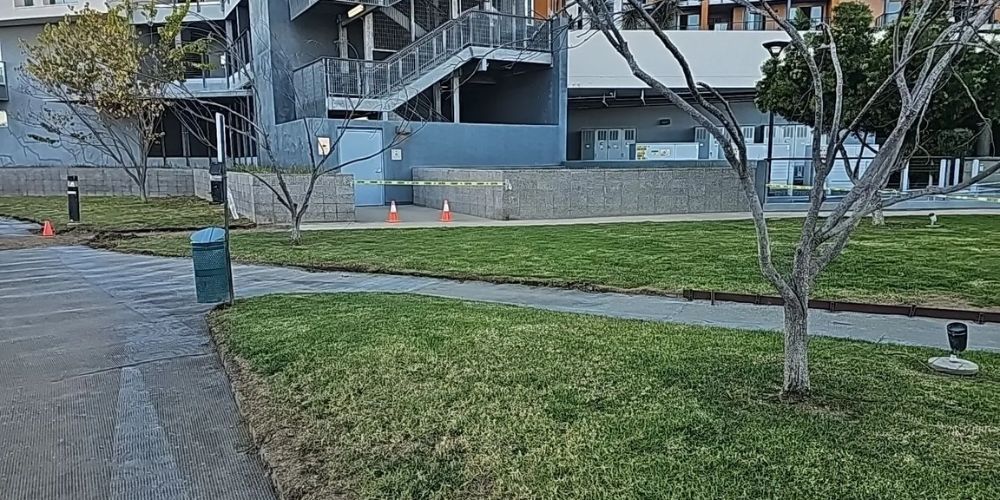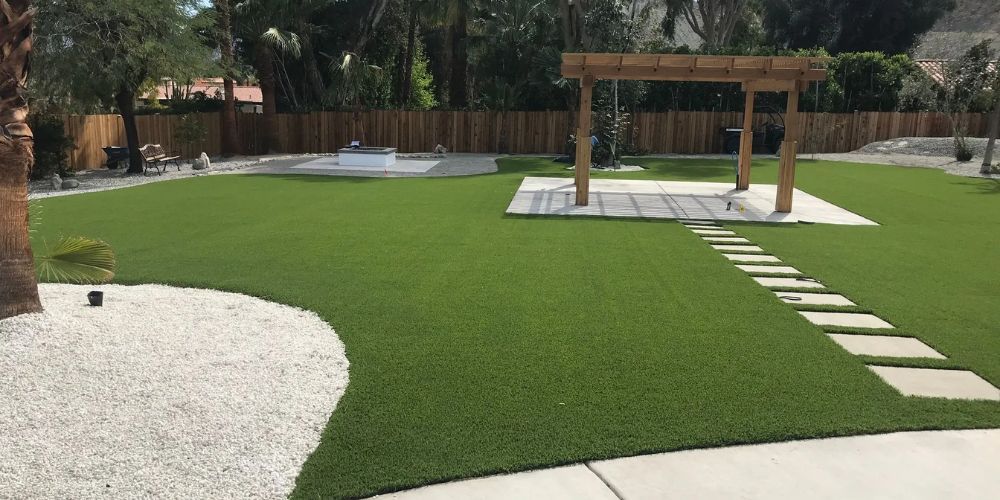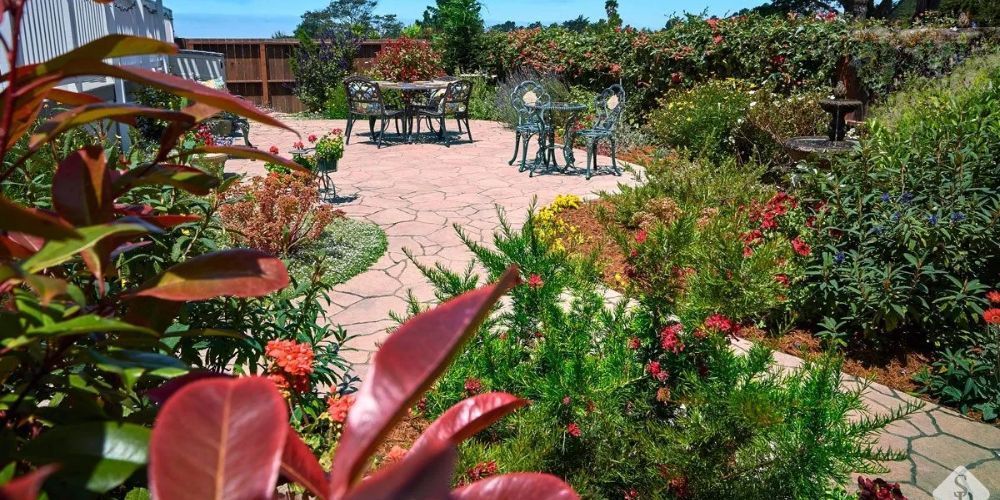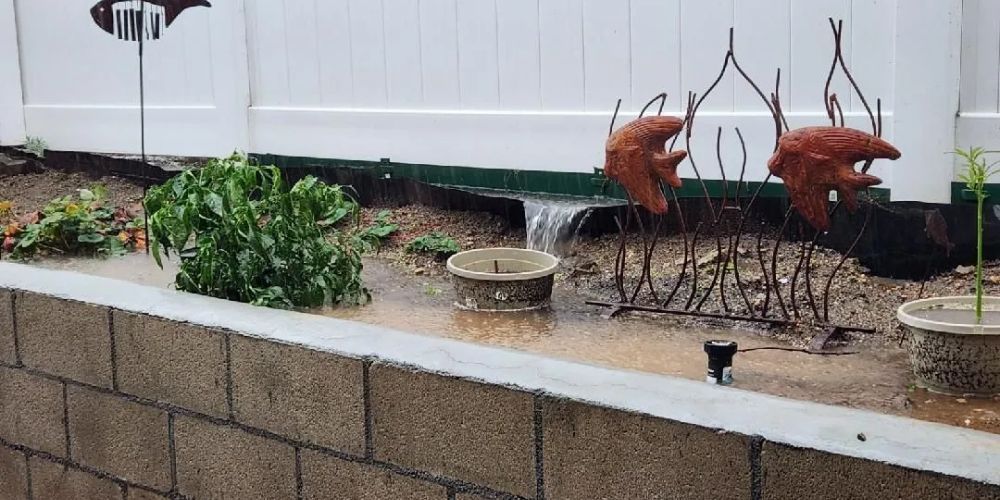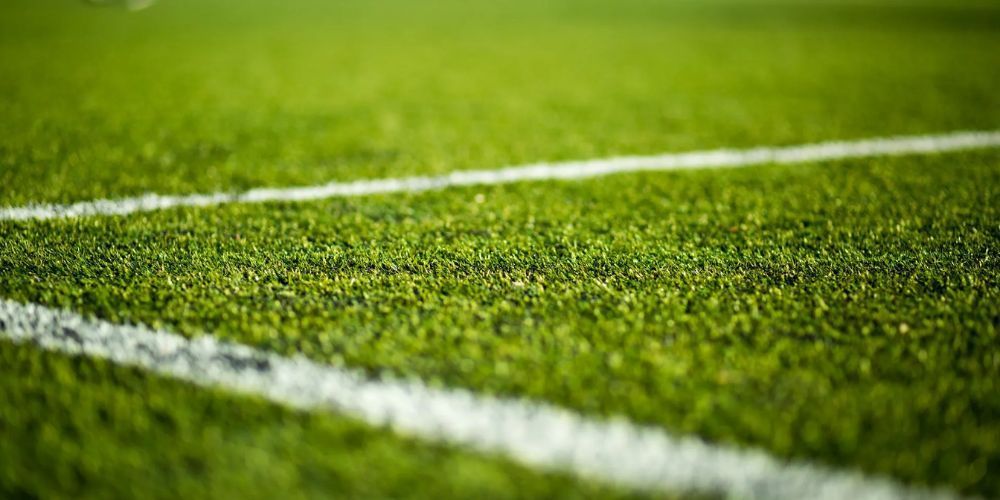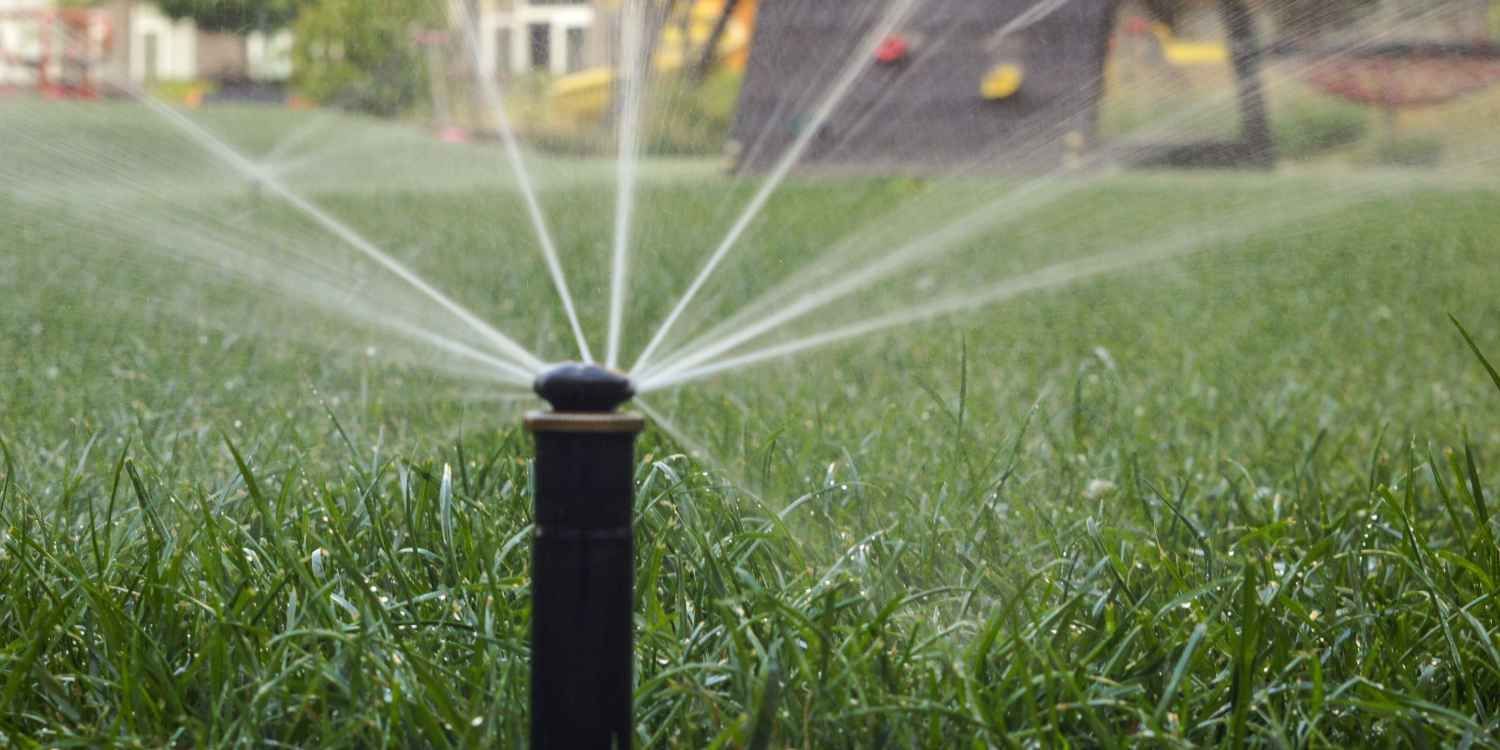How Can I Fix Common Lawn Issues?
Your lawn may look simple on the surface, but beneath that green layer is a complex system of soil, roots, and life that needs regular care. Whether you’re facing brown spots, thinning grass, or mysterious patches of yellow, understanding the causes of lawn problems is the first step to solving them. This guide breaks down the most common issues and shows you how to fix the lawn using proper techniques and tools.
1. Brown Patches
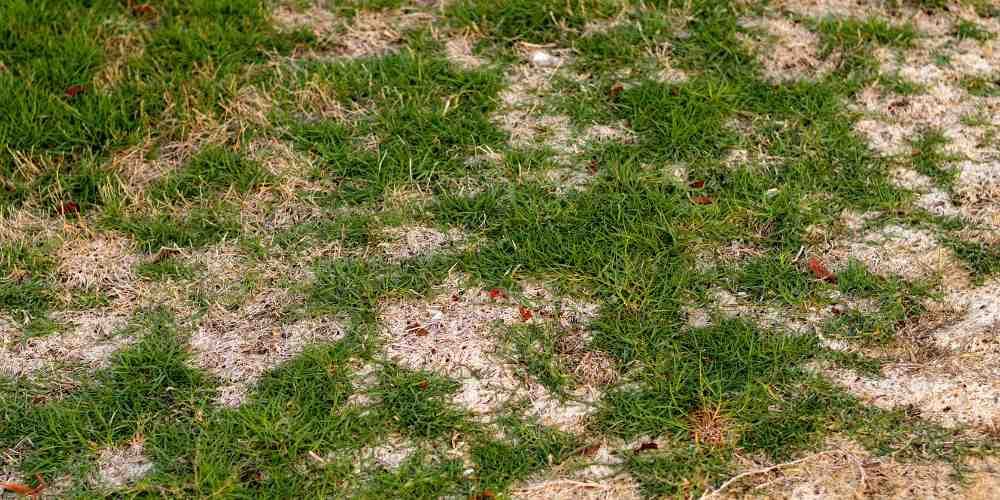
Brown patches are often caused by lawn fungus, compacted soil, pet urine, or inconsistent watering. When grass becomes stressed due to heat or drought, it becomes more susceptible to grass diseases such as brown patch or dollar spot.
Solution:
- Identify the issue using a lawn disease identification chart.
- Apply fungicide if a lawn disease is confirmed.
- Water deeply but infrequently, early in the morning.
- Aerate the soil to improve drainage.
- Reserve and apply a nitrogen-rich fertilizer.
2. Thinning Grass
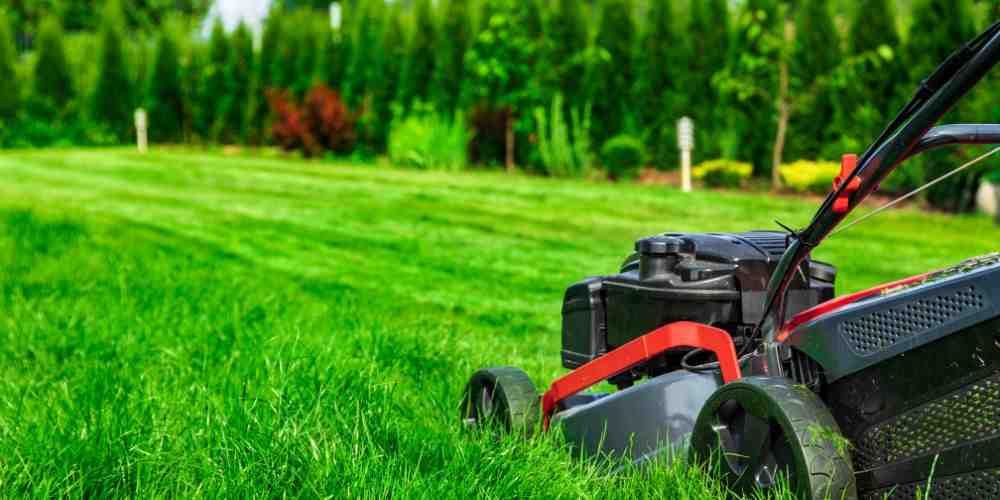
Grass may thin due to poor soil quality, lack of nutrients, insufficient sunlight, or overuse of the lawn.
Solution:
- Perform a soil test to check nutrient levels and pH.
- Apply the right fertilizer based on soil needs.
- Aerate the lawn to promote root development.
- Reserve bare areas and water regularly.
- Reduce foot traffic or install stepping stones in high-traffic zones.
3. Weed Invasion
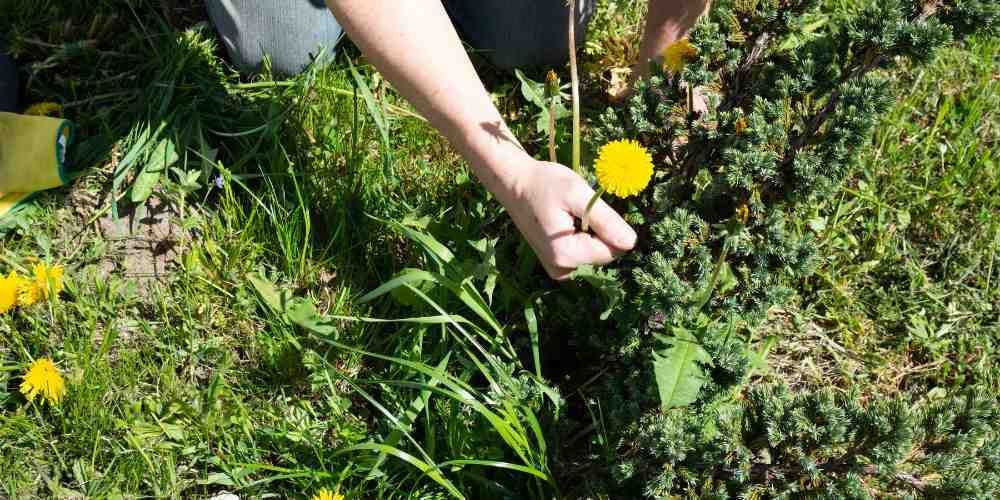
Weeds thrive when grass is weak. Causes include mowing too short, compacted soil, or a lack of nutrients.
Solution:
- Raise mowing height to allow grass to shade out weeds.
- Apply pre-emergent herbicides in early spring.
- Spot-treat with post-emergent herbicide for existing weeds.
- Fertilize regularly to support thick, healthy turf.
4. Lawn Fungus and Grass Diseases
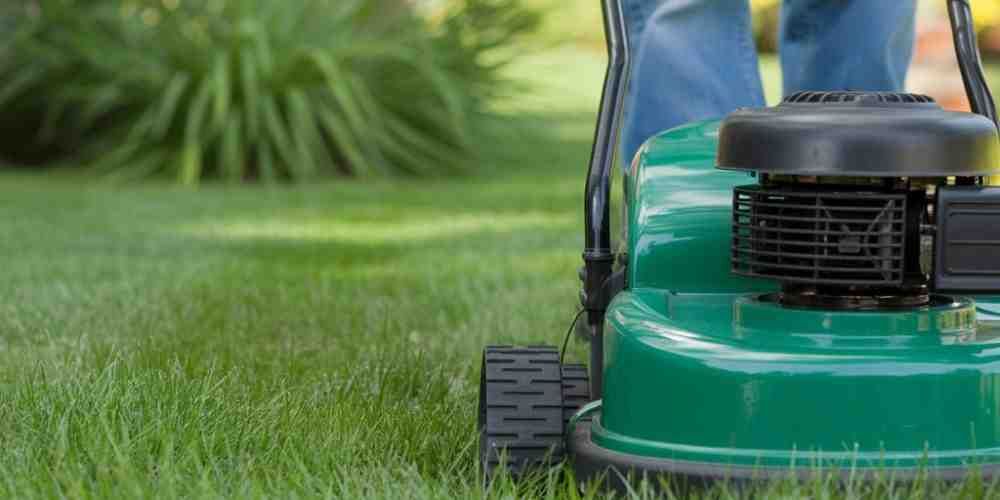
Fungi thrive in damp, humid environments, especially when the lawn is overwatered or not mowed properly. Common lawn diseases include brown patches, red thread, and rust.
Solution:
- Diagnose using a lawn disease identification chart.
- Avoid watering in the evening—do it early morning.
- Improve airflow by mowing at the right height and pruning nearby plants.
- Apply fungicide for serious infections.
5. Bare Spots
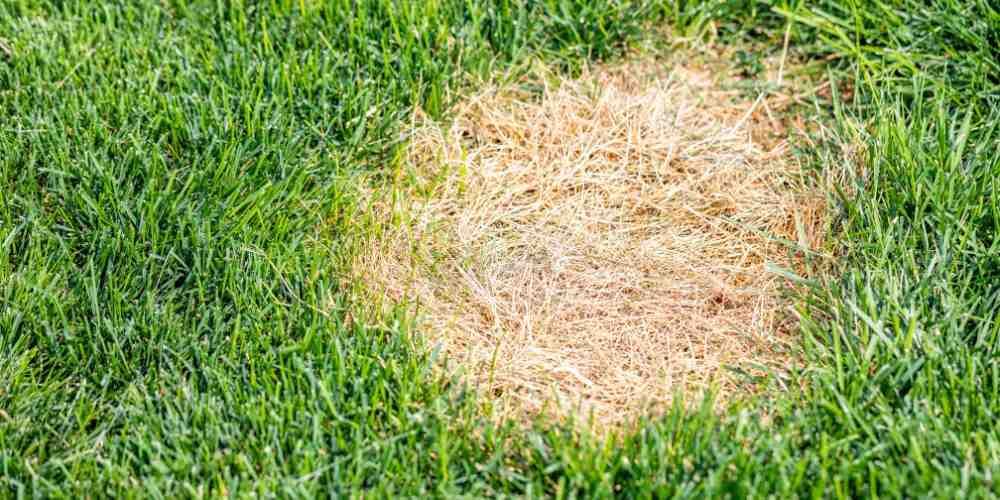
Bare spots can result from pet damage, foot traffic, grubs, or fungal infections.
Solution:
- Rake and loosen the soil in the area.
- Apply compost and seed with a matching grass type.
- Water daily until new growth appears.
- Use lawn patch products for quick results.
6. Yellowing Grass
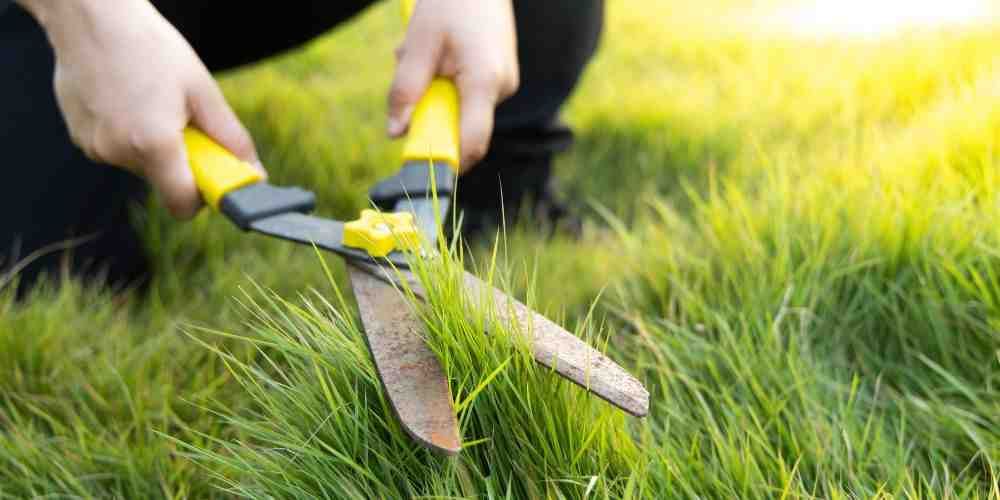
Grass turns yellow from overwatering, nutrient deficiencies (especially nitrogen or iron), compacted soil, or poor drainage.
Solution:
- Perform a soil test to determine the specific deficiency.
- Fertilize appropriately—add nitrogen or iron as needed.
- Improve drainage by aerating and adding organic matter.
- Ensure your mower blades are sharp to prevent stress on grass blades.
7. Poor Drainage
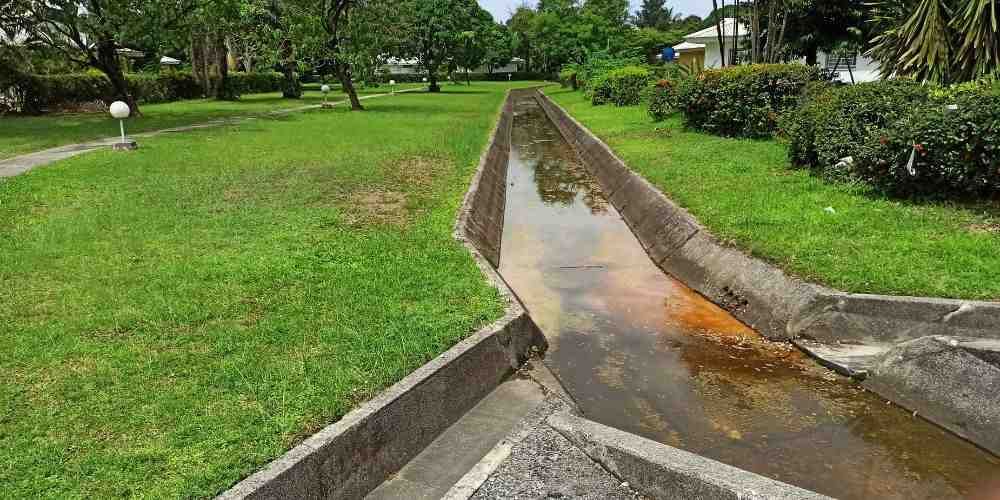
Water pooling on your lawn can be caused by compacted soil, improper grading, or heavy clay content. This can lead to lawn fungus and other lawn diseases.
Solution:
- Regrade low areas if water collects.
- Install a French drain or dry creek bed for chronic drainage issues.
- Amend the soil with compost to improve drainage naturally.
Lawn Care Maintenance Tips
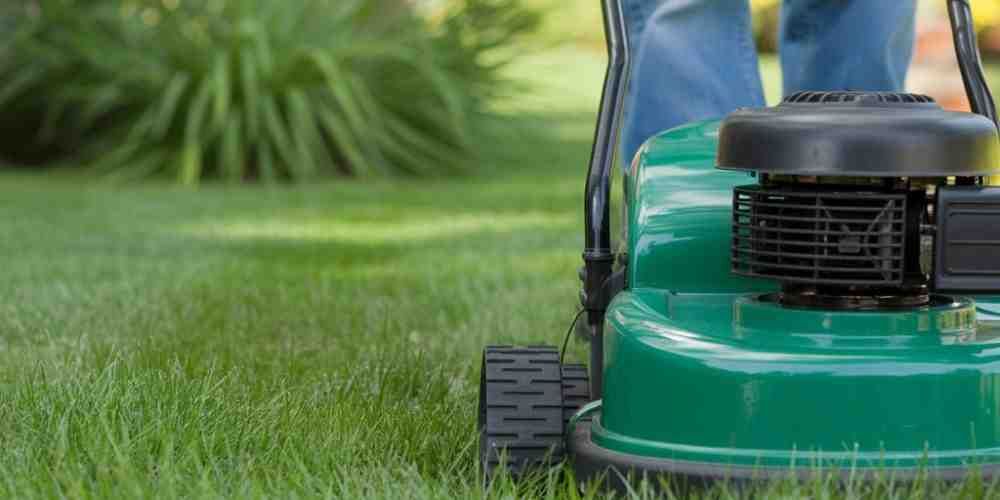
Maintaining your lawn regularly is just as important as fixing problems when they arise. Here are some tips to help prevent future issues:
1. Mow Correctly
- Never remove more than one-third of the grass blade at a time.
- Keep mower blades sharp to prevent tearing the grass.
2. Water Wisely
- Water should be used early in the morning to reduce evaporation.
Deep, infrequent watering encourages deeper roots.
3. Fertilize Thoughtfully
- Use a slow-release fertilizer appropriate for your grass type.
- Fertilize in spring and fall for cool-season grasses; late spring and summer for warm-season types.
4. Aerate Annually
- Aeration relieves soil compaction and improves root growth.
5 . Monitor for Lawn Disease
- Use a lawn disease identification chart to catch early signs.
- Keep an eye out for patches, discoloration, or unusual growth.
Also Read:Tips for Installing Synthetic Turf in Your Outdoor Space
Conclusion
Lawn care is more than just watering and mowing; it requires understanding the ecosystem under your grass. Timely diagnosis and action are vital for addressing lawn diseases. Use a lawn disease identification chart and follow seasonal care tips, along with reseeding or aerating as needed.
AtLandtech Scenery, we create customized outdoor spaces tailored to your style and needs, ensuring your lawn and landscape thrive in both beauty and functionality.
